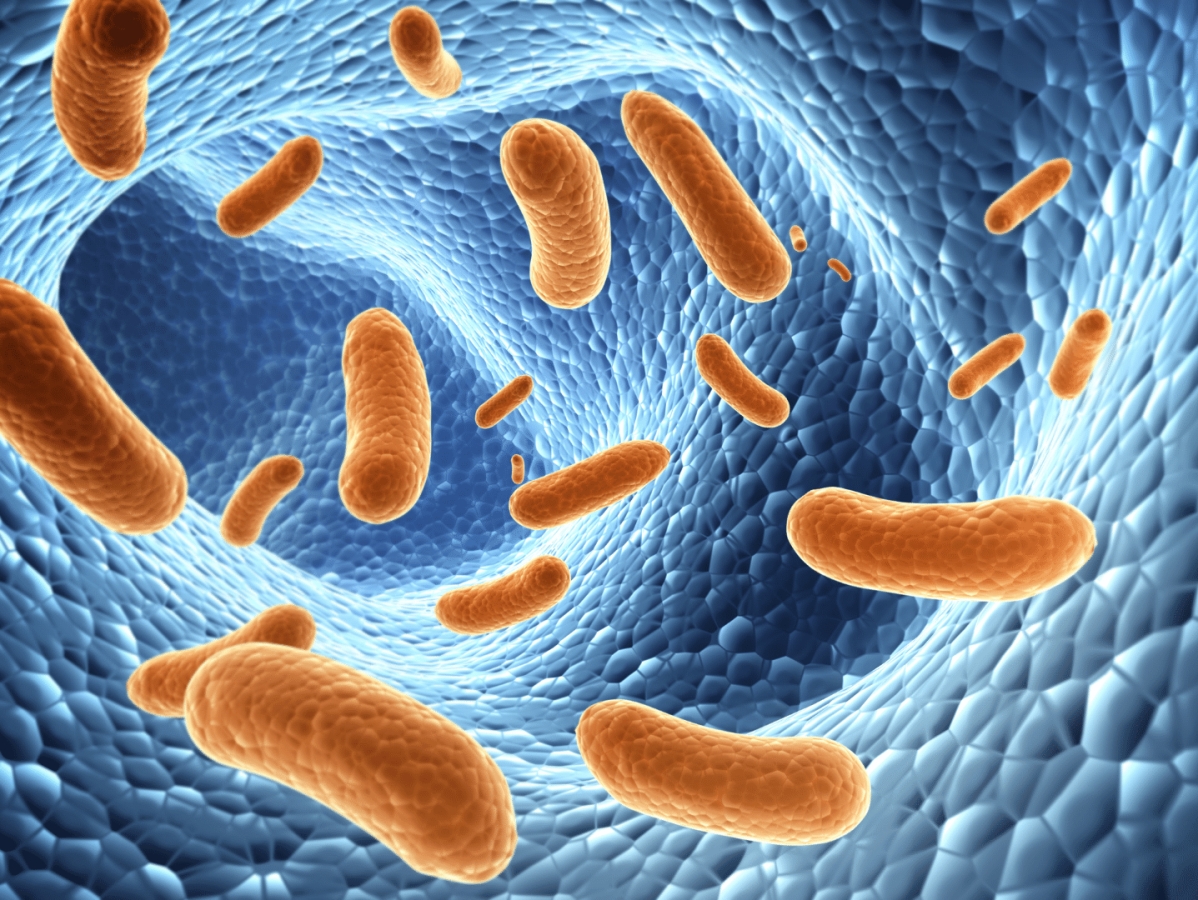
What are postbiotics?
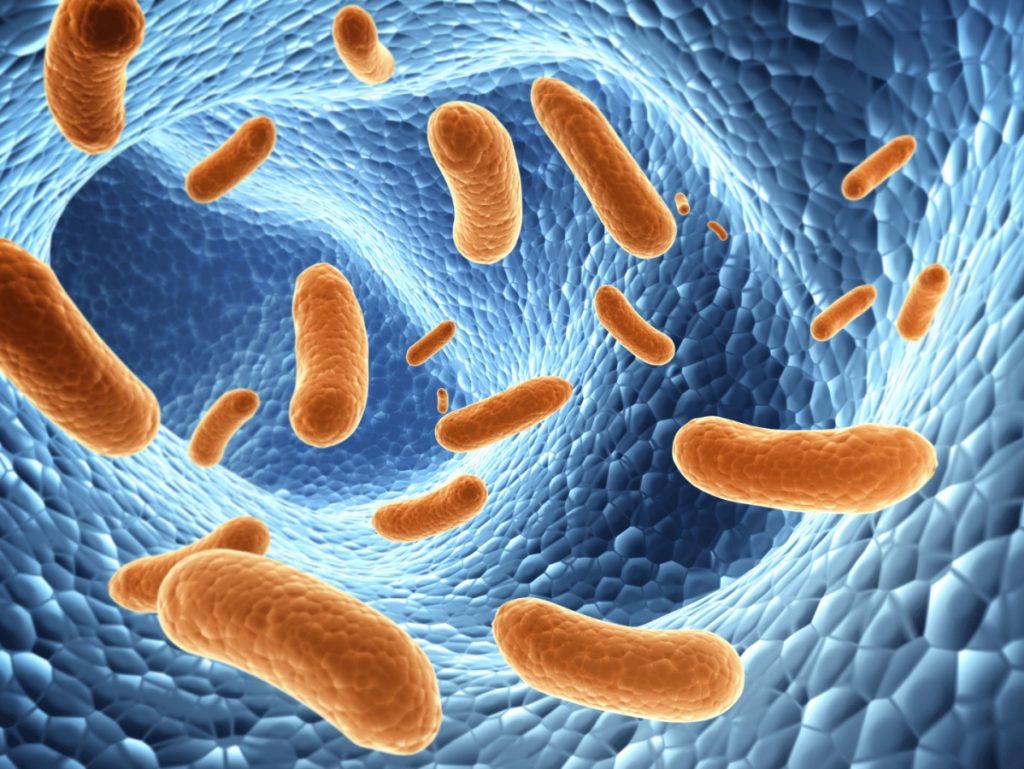

What are postbiotics?
Probiotics, postbiotics, synbiotics: differences, similarities, and uniquenesses
Postbiotics are the compounds left by the gut bacteria and supplemental probiotics when they grow and metabolize food components and other substances in the gut.
Bacterial metabolic by-products are not the only type of postbiotics. Chemicals and non-viable cell components also comprise postbiotics.
Postbiotics produced as bacterial metabolic by-products include peptides (small proteins), enzymes, short-chain fatty acids, vitamins, antioxidants, and amino acids.
How do bacteria produce postbiotics?
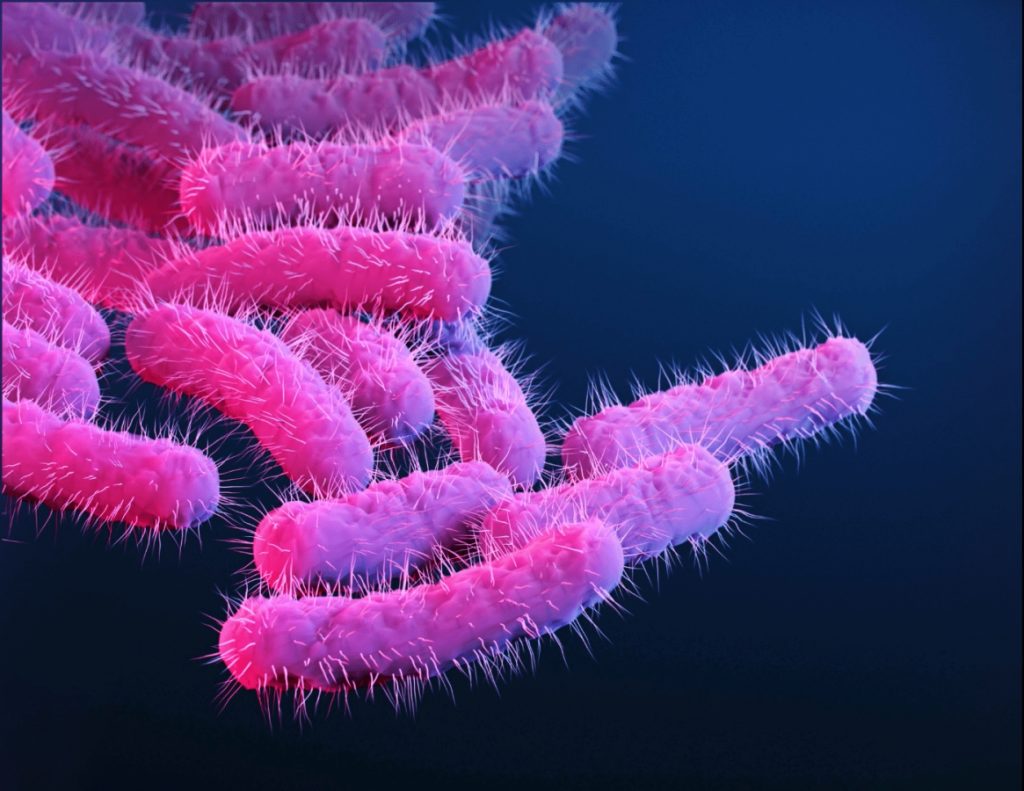
Any chemical substance left behind by bacterial activity is called a postbiotic. However, many other bacterial components also come under the realm of postbiotics.
Bacteria produce postbiotics by
- Metabolizing carbohydrates such as fibers through the process of fermentation.
- Their normal day-to-day metabolism, which produces byproducts.
- Releasing cellular components when they die. These could be cell walls, cell membranes, enzymes, and more. These are also called paraprobiotics.
Gut bacteria produce various postbiotics, some of which could be harmful. Good postbiotics confer health benefits, while bad ones could be suboptimal or harmful to your health.
Good Postbiotics
Good postbiotics are substances that favor positive effects on health such as:
- Promoting immune balance and readiness
- Promoting the activity of other good bacteria
- Inhibiting the growth of suboptimal or unhealthy bacteria
- Aiding in digestion and nutrient absorption
- Improving gut barrier integrity
- Improving digestion and overall health
Some of the best-known good postbiotics include reuterin and short-chain fatty acids.
Reuterin
Reuterin is a compound produced by the lactobacilli, a group of health-promoting bacteria living in the gut, that inhibits the growth of bacteria such as Escherichia, Salmonella, and Staphylococcus.
Short-chain fatty acids
Short-chain fatty acids (SCFA) are the best-studied postbiotics. SCFAs are by-products of many gut microbiota.
SCFA metabolites of gut bacteria include butyric acid, propionate, and acetate. Butyrate is one of the main fuels for the gut lining cells.
Postbiotics that can be good or bad
The following postbiotics can be good or bad depending on what specific polysaccharides they are or which bacteria the lysates come from.
Bacterial polysaccharides
Polysaccharides are another beneficial postbiotic. They are produced by various bacterial strains in the gut. Some of them inhibit inflammation and deliver health benefits.
Lysates
Lysates can be good or bad. They are the cellular parts of various gut microbiota, and they are released after the degradation of the beneficial bacteria in the gut. The good ones may improve recovery from mild respiratory infections, while the bad ones can cause die-off symptoms.
Bad Postbiotics
On the other hand, postbiotics like lipopolysaccharides (LPS), which make up the outer layer of a bacterial cell, cause inflammation in the body. At high doses, LPS can cause septic shock. At low doses, they cause chronic inflammation and throw off the metabolism.
Another postbiotic, lipoteichoic acid (LTA), a component of the gut bacterial cell wall, is thought to cause inflammation in the body and may cause damage to the intestinal tissues.
What are the similarities and differences between probiotics, prebiotics, synbiotics, and postbiotics?

The new research on probiotics and gut bacteria has given rise to various terminologies which is sometimes confusing: probiotics vs postbiotics, prebiotics, paraprobiotics, and synbiotics. Now, let’s understand the commonalities and differences among them.
Probiotics and their benefits
As we have already discussed, probiotics are beneficial bacteria that deliver health benefits when consumed or applied to the body..
Various good bacteria in the gut such as lactobacilli, Bifidobacteria, and Enterococci occupy space in the gut so less healthy bacteria cannot take up residence. They also produce some postbiotics that inhibit these other bacteria. Therefore, the more robust your overall gut flora is, the less likely you are to get gut infections or digestive problems.
Probiotic supplements and fermented foods tend to contain lactic acid bacteria. However, because the human gut flora is very resistant to new colonization, these beneficial probiotics tend to be temporary visitors. They last 2 – 3 weeks in the gut and deliver their health benefits before leaving in the stool
Microbiologists have isolated super-colonizer probiotic strains, which often make them more beneficial. However, whether they colonize depends on your gut immune system and whether they get along well with your existing flora. So, the best probiotic for your friend could be different from the best one for you. It’s a good idea to try and see what works best for your body.
To learn more about the benefits of probiotics, check out this article.
Probiotics, especially lactobacilli and bifidobacteria, are generally recognized as safe. There are also emerging soil-based and spore-based bacilli species. There are a few circumstances that researchers and doctors may consider risky when it comes to probiotics, such as
- Some probiotics may carry antibiotic-resistant genes which can then be passed on to pathogens. Therefore, the need to monitor probiotic strains before administration becomes an important factor in the safety of their use.
- They may present a risk of infections, excess immune stimulation, and overgrowth in immunocompromised patients, such as in organ transplant and HIV patients. However, these are extremely rare.
Therefore, if you have a medical condition or are receiving medical treatments, it’s very important to speak to your doctor before introducing probiotic supplements. Often, if these are true concerns, postbiotics and paraprobiotics may be good options.

Prebiotics and their benefits
Prebiotics are food sources for many beneficial bacteria in the gut. They improve the gut flora and increase healthy postbiotic production, such as short-chain fatty acids, which have numerous health benefits. Previously, we thought of prebiotics only as indigestible carbohydrates (resistant starch) and fibers. However, the following food substances can also have prebiotic properties:
- Plant polyphenols
- Omega-3 fatty acids
- Collagen and gelatin
Possibly, many other food substances could act as prebiotics, and researchers are still discovering them. Since having a diverse gut flora is a good thing, you want to feed your gut with a diversity of prebiotics. Some bacteria prefer some prebiotics over others. For example, prebiotics present in fermented milk promote the activity of B. lactis and thus provide health benefits associated with this probiotic.
Biome breakthrough contains 2 types of prebiotics. The Chocolate Carnivore flavor also contains collagen and bone broth. These provide a diverse source of prebiotics. Inulin is an effective prebiotic which helps to improve immune functions and may also help with weight loss (in combination with diet and exercise).
Prebiotics have many of the same health benefits as probiotics. However, they boost the gut flora and beneficial postbiotics more than probiotics alone.
Some unique health benefits of prebiotics include:
- Improve digestion and digestive regularity
- Support healthy metabolism through improving gut flora and barrier function
- Increase postbiotic production in the gut
- When combined with probiotics (in a synbiotic), prebiotics improve the survival and efficacy of probiotics.
Prebiotics carry relatively few but different risk factors to probiotics, especially because nearly everyone gets some from their food. However, some people do react to prebiotics, especially if they are intolerant to fermentable oligo-, di-, monosaccharides, and polyols (FODMAPs). They may experience bloating, gas, diarrhea, constipation, or digestive discomfort. Also, introducing too much prebiotics too fast can cause the same symptoms in people without FODMAPs intolerance.
When it comes to introducing prebiotics, it’s best to start at a low dose and gradually step up the dose so your gut flora can adapt. For many people, the bloating and gas eventually subside within a few days as their gut flora adapts and improves.
Synbiotics and their benefits
Synbiotics are a mixture of probiotics and prebiotics that synergistically work together to confer health benefits to the host.
There are two types of synbiotics:
- Complementary synbiotics contain pre- and probiotics which work independently to impart their health benefits.
- Synergic synbiotics contain pre- and probiotics which work together to improve the host’s health.
Most probiotics on the market don’t work well because they don’t survive the stomach acid and harsh conditions in the gut. In a synbiotic, the prebiotic feeds the probiotic, supporting the probiotic growth and improving its survivability.
Therefore, synbiotics combine the health benefits of both pre- and probiotics. Synbiotics also improve the gut flora much more powerfully than either pre- or probiotics alone. For example, when Lactobacillus acidophilus was combined with fructo-oligosaccharides, it significantly improved the gut flora and stimulated the growth of bifidobacteria.
It’s also possible to formulate a synbiotic supplement to boost postbiotic production. Biome Breakthrough is an effective synbiotic supplement that has been proven to increase postbiotics by promoting the activity of good bacteria in the gut.
Some of the health benefits of synbiotics are:
- Support healthy levels of beneficial bacteria such as lactobacilli and bifidobacteria.
- Supporting immune balance and readiness
- Improves overall gut flora
- Promotes digestive regularity
In terms of safety, synbiotics do not differ from the safety profile of pre- and postbiotics. If you have FODMAPs intolerance, you may react to synbiotics.
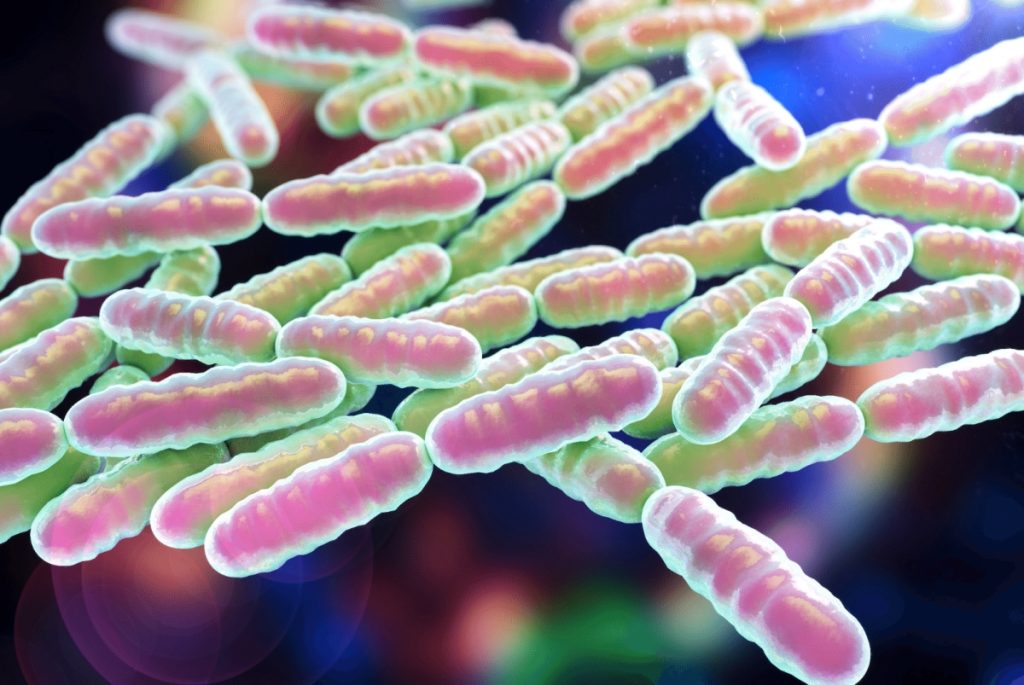
Postbiotics and their benefits
Postbiotics are substances that your gut bacteria make. They can be good, bad, or neutral. The good ones may possess antimicrobial, antioxidant, and immunomodulatory effects.
Postbiotics have potential health benefits and certain uniqueness over other options.
1. Immunomodulatory effects
Bacterial compounds (postbiotics) may modulate the immune system more than live probiotics They strengthen the gut barrier and directly stimulate innate immunity to be better prepared for pathogens.
Postbiotics such as butyrate and propionate shift the immune function towards better balance.
Cellular components such as peptidoglycans from Lactobacillus rhamnosus support gut immunity and seem to boost immune response when needed.
2. Inhibits other unhealthy bacteria and improves gut flora
Postbiotics can have a direct effect on unhealthy bacteria by
- Fortifying the intestinal barrier
- Occupying sites where unhealthy bacteria can attach in the gut
- Making healthy bacteria survive better than unhealthy ones
Therefore, postbiotics promote the gut microflora to retain beneficial probiotics and enhance their health benefits on the host’s health.
3. Inhibits growth and stimulates death of unhealthy cells
Propionate and butyrate (SCFA) inhibit the growth and stimulate the death of unhealthy cells. Cell death is a normal process and is necessary to keep a check on damaged cells that might go rogue and overgrow.
4. Strengthens the gut barrier
When the gut barrier opens, it can expose the gut contents to the immune system.
Short-chain fatty acids strengthen the tight junctions, the protein that zips between your gut cells. Also, postbiotic compounds of L. rhamnosus stimulate epithelial cells to produce mucin, which creates a layer of protective mucus. This prevents the pathogens from entering the gut and causing infections.
Lactobacilli-derived supernatants also protect your gut lining cells and in turn, increase their integrity.
Advantages of postbiotics over probiotics
- Postbiotics are not alive, so the issue of keeping it alive isn’t a problem.
- It’s possible to get pure postbiotics for predictable and targeted health benefits.
- There is no concern about the potential for infections in immunocompromised patients.
- Antibiotic resistance or excessive immune stimulation are not a problem.
- May carry less risk of reactions for people who react to prebiotics, probiotics or the substances they produce.
Disadvantages of postbiotics over probiotics and synbiotics
- Postbiotics don’t grow in the gut, so the turnaround time is about as long as your gut transit time. That means you need to take it every day to reap the benefits.
- Short-chain fatty acids deliver the most benefits in your large intestine. Whereas, if they’re exposed to earlier in your gut like your stomach and small intestine, your gut cells will eat up all the short-chain fatty acids. So, unless you have a way to deliver these into your large intestine, it’s best to consume synbiotics to get postbiotic benefits.
What are the best ways to increase good postbiotics in the gut?
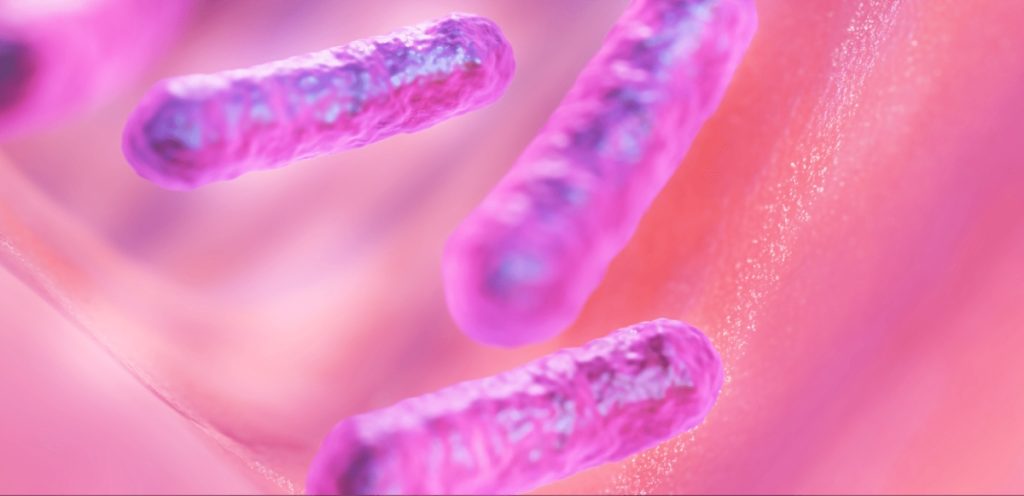
Postbiotics are mainly produced by the fermentation process of the bacteria living in the gut; therefore, by increasing the intake of fermented foods and prebiotics you can ensure the production of postbiotics in your gut.
Some of the fermented foods that will increase the production of postbiotics are:
- Yogurt
- Cottage cheese
- Sourdough bread
- Kefir
- Sauerkraut
- Kimchi
- Fermented soy products
Eating a lot of vegetables can elevate levels of postbiotics in your gut. Vegetables such as
- Garlic
- Leek
- Onion
- Asparagus
Another way of increasing postbiotics is by taking beneficial synbiotics. Biome Breakthrough contain such beneficial synbiotics and various other ingredients that ensure the activity of and survivability of probiotics in the gut, consequently increasing the levels of postbiotics.
References
- Cicenia A, Scirocco A, Carabotti M, Pallotta L, Marignani M, Severi C. Postbiotic activities of lactobacilli-derived factors. J Clin Gastroenterol. 2014;48 Suppl 1(Supplement 1):S18-22. doi:10.1097/MCG.0000000000000231
- Cuevas-González PF, Liceaga AM, Aguilar-Toalá JE. Postbiotics and paraprobiotics: From concepts to applications. Food Res Int. 2020;136(109502):109502. doi:10.1016/j.foodres.2020.109502
- Schaefer L, Auchtung TA, Hermans KE, Whitehead D, Borhan B, Britton RA. The antimicrobial compound reuterin (3-hydroxypropionaldehyde) induces oxidative stress via interaction with thiol groups. Microbiology. 2010;156(Pt 6):1589-1599. doi:10.1099/mic.0.035642-0
- Banasiewicz T, Domagalska D, Borycka-Kiciak K, Rydzewska G. Determination of butyric acid dosage based on clinical and experimental studies – a literature review. Prz Gastroenterol. 2020;15(2):119-125. doi:10.5114/pg.2020.95556
- Khan R, Shah MD, Shah L, Lee PC, Khan I. Bacterial polysaccharides-A big source for prebiotics and therapeutics. Front Nutr. 2022;9:1031935. doi:10.3389/fnut.2022.1031935
- Navarro S, Cossalter G, Chiavaroli C, et al. The oral administration of bacterial extracts prevents asthma via the recruitment of regulatory T cells to the airways. Mucosal Immunol. 2011;4(1):53-65. doi:10.1038/mi.2010.51
- Zadeh M, Khan MW, Goh YJ, et al. Induction of intestinal pro-inflammatory immune responses by lipoteichoic acid. J Inflamm (Lond). 2012;9(1):7. doi:10.1186/1476-9255-9-7
- Khan R, Petersen FC, Shekhar S. Commensal bacteria: An emerging player in defense against respiratory pathogens. Front Immunol. 2019;10:1203. doi:10.3389/fimmu.2019.01203
- Han S, Lu Y, Xie J, et al. Probiotic gastrointestinal transit and colonization after oral administration: A long journey. Front Cell Infect Microbiol. 2021;11:609722. doi:10.3389/fcimb.2021.609722
- Zmora N, Zilberman-Schapira G, Suez J, et al. Personalized gut mucosal colonization resistance to empiric probiotics is associated with unique host and microbiome features. Cell. 2018;174(6):1388-1405.e21. doi:10.1016/j.cell.2018.08.041
- Imperial ICVJ, Ibana JA. Addressing the antibiotic resistance problem with probiotics: Reducing the risk of its double-edged sword effect. Front Microbiol. 2016;7:1983. doi:10.3389/fmicb.2016.01983
- Doron S, Snydman DR. Risk and safety of probiotics. Clin Infect Dis. 2015;60 Suppl 2(suppl_2):S129-34. doi:10.1093/cid/civ085
- Slavin J. Fiber and prebiotics: mechanisms and health benefits. Nutrients. 2013;5(4):1417-1435. doi:10.3390/nu5041417
- Kumar Singh A, Cabral C, Kumar R, et al. Beneficial effects of dietary polyphenols on gut Microbiota and strategies to improve delivery efficiency. Nutrients. 2019;11(9):2216. doi:10.3390/nu11092216
- Vijay A, Astbury S, Le Roy C, Spector TD, Valdes AM. The prebiotic effects of omega-3 fatty acid supplementation: A six-week randomised intervention trial. Gut Microbes. 2021;13(1):1-11. doi:10.1080/19490976.2020.1863133
- Mei F, Duan Z, Chen M, et al. Effect of a high-collagen peptide diet on the gut microbiota and short-chain fatty acid metabolism. J Funct Foods. 2020;75(104278):104278. doi:10.1016/j.jff.2020.104278
- Semjonovs SP, Marauska M, Linde R, Grube M, Zikmanis P, Bekers M. Development ofBifidobacterium lactis BB 12 onβ-(2,6)-linked fructan-containing substrate. Eng Life Sci. 2004;4(5):433-437. doi:10.1002/elsc.200420043
- Watzl B, Girrbach S, Roller M. Inulin, oligofructose and immunomodulation. Br J Nutr. 2005;93 Suppl 1:S49-55. doi:10.1079/bjn20041357
- Wang S, Xiao Y, Tian F, et al. Rational use of prebiotics for gut microbiota alterations: Specific bacterial phylotypes and related mechanisms. J Funct Foods. 2020;66(103838):103838. doi:10.1016/j.jff.2020.103838
- Ouwehand AC, Tiihonen K, Mäkivuokko H, Rautonen N. Synbiotics: combining the benefits of pre- and probiotics. In: Saarela M, ed. Functional Dairy Products. Elsevier; 2007:195-213.
- Šmid A, Strniša L, Bajc K, Vujić-Podlipec D, Bogovič Matijašić B, Rogelj I. Randomized clinical trial: The effect of fermented milk with the probiotic cultures Lactobacillus acidophilus La-5® and Bifidobacterium BB-12® and Beneo dietary fibres on health-related quality of life and the symptoms of irritable bowel syndrome in adults. J Funct Foods. 2016;24:549-557. doi:10.1016/j.jff.2016.04.031
- Yeşilyurt N, Yılmaz B, Ağagündüz D, Capasso R. Involvement of probiotics and postbiotics in the immune system modulation. Biologics. 2021;1(2):89-110. doi:10.3390/biologics1020006
- Salva S, Kolling Y, Ivir M, Gutiérrez F, Alvarez S. The role of immunobiotics and postbiotics in the recovery of immune cell populations from respiratory mucosa of malnourished hosts: Effect on the resistance against respiratory infections. Front Nutr. 2021;8:704868. doi:10.3389/fnut.2021.704868
- Gamet L, Daviaud D, Denis-Pouxviel C, Remesy C, Murat JC. Effects of short-chain fatty acids on growth and differentiation of the human colon-cancer cell line HT29. Int J Cancer. 1992;52(2):286-289. doi:10.1002/ijc.2910520222
- Gao J, Li Y, Wan Y, et al. A novel postbiotic from Lactobacillus rhamnosus GG with a beneficial effect on intestinal barrier function. Front Microbiol. 2019;10:477. doi:10.3389/fmicb.2019.00477
2 Comments
Leave a Comment
You must be logged in to post a comment.


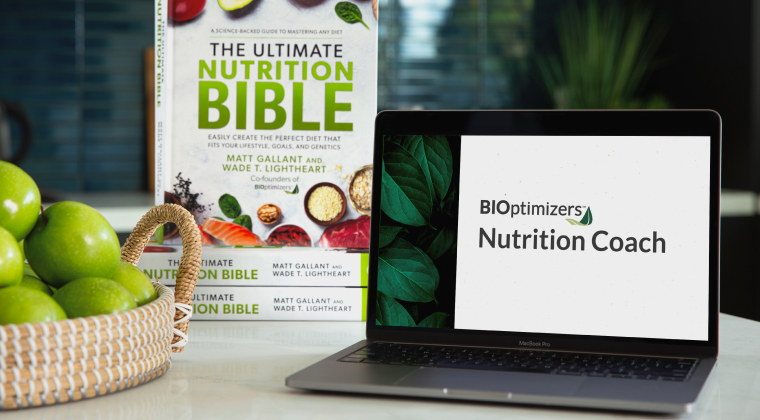




I like what you guys are up too. Such clever work and reporting! Carry on the superb works guys I’ve incorporated you guys to my blogroll. I think it’ll improve the value of my site :).
Thanks for the comment. I’m happy we could help!